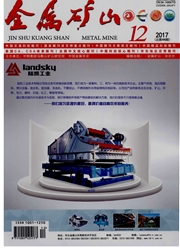

 中文摘要:
中文摘要:
研究了遗传算法(GA)在设计和优化BPNN结构时的效能和它在预测岩体变形模量的应用,利用GA找到隐藏层神经元的最优数量以及隐含与输出层的学习因子和动量因子,然后和试错过程进行比较。采用了来源于实际巷道测量的76组数据集验证该方法。利用MSE,MAE,R等性能标准,证明GA—BPNN模型在岩体变形模量预测方面优于BPNN试错模型。
 英文摘要:
英文摘要:
The effectiveness of the genetic algorithm (GA) in the design and BPNN structure optimization and its ap- plication in the prediction of rock mass deformation modulus was researched. GA is used to find out the optimal number of neurons in the hidden layer and learning factor and momentum factor of the hidden layer and output layer, and then com- pared with the trial-and-error process. 76 groups of data sets derived from the actual roadway were used to validate this method. With performance criteria such as MSE, MAE and R,it is proved that GA-BPNN model is better than BPNN trial- and-error model in the prediction of rock mass deformation modulus.
 同期刊论文项目
同期刊论文项目
 同项目期刊论文
同项目期刊论文
 期刊信息
期刊信息
